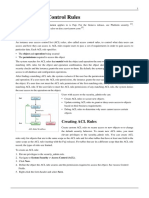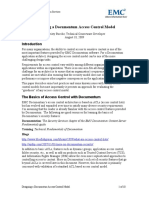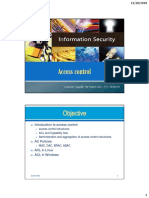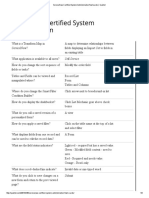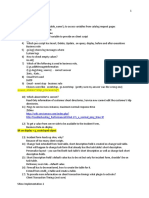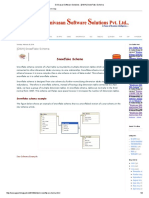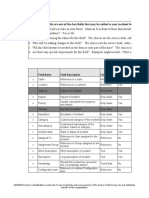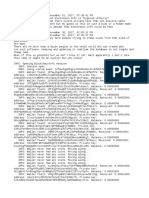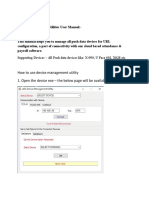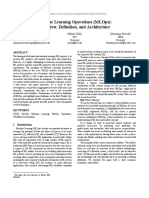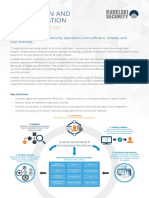0% found this document useful (0 votes)
70 views16 pagesACL in ServiceNow - Quick Guide
The document provides a guide on Access Control Lists (ACL) in ServiceNow, detailing their purpose, structure, and best practices for configuration. It emphasizes the importance of proper ACL design to prevent misconfiguration, which can lead to security risks and performance issues. Additionally, it outlines common mistakes and offers debugging tools and tips for developers to optimize ACL performance.
Uploaded by
Abdul RaqeebCopyright
© © All Rights Reserved
We take content rights seriously. If you suspect this is your content, claim it here.
Available Formats
Download as PDF, TXT or read online on Scribd
0% found this document useful (0 votes)
70 views16 pagesACL in ServiceNow - Quick Guide
The document provides a guide on Access Control Lists (ACL) in ServiceNow, detailing their purpose, structure, and best practices for configuration. It emphasizes the importance of proper ACL design to prevent misconfiguration, which can lead to security risks and performance issues. Additionally, it outlines common mistakes and offers debugging tools and tips for developers to optimize ACL performance.
Uploaded by
Abdul RaqeebCopyright
© © All Rights Reserved
We take content rights seriously. If you suspect this is your content, claim it here.
Available Formats
Download as PDF, TXT or read online on Scribd
/ 16










